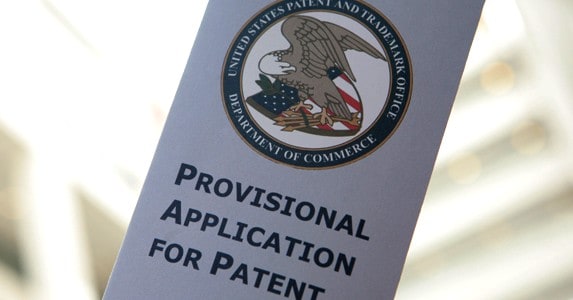According to John Calvert at the United States Patent and Trademark Office, A provisional patent application (PPA) is a patent application that can be used by a patent applicant to secure a filing date while avoiding the costs associated with the filing and prosecution of a non-provisional patent application.
More specifically, if a non-provisional application is filed within one year from the filing date of a PPA, the non-provisional application may claim the benefit of the filing date of the PPA.
Because a PPA is not examined, an applicant can also avoid the costs typically associated with non-provisional patent prosecution (certain attorney’s fees, for example) for a year while determining whether his/her invention is commercially viable.
Further, because a PPA is not made public unless its application number is noted in a later-published application or patent, the failure by an applicant to file a non-provisional application based on his/her PPA will not lead to public disclosure of his/her invention.
What are the benefits of filing a PPA?
A PPA essentially provides a one-year extension as to the filing of a U.S. non-provisional patent application. In doing so, a PPA provides an applicant with an additional year to experiment, perfect an invention, find financial backers, determine sales potential, find interested parties for licensing, etc. before filing his/her non-provisional application.
Because a PPA is not examined, an applicant can also avoid the costs associated with prosecuting a non-provisional application during this one-year period.
Continue Reading: “What You Need to Know About Provisional Patents”
